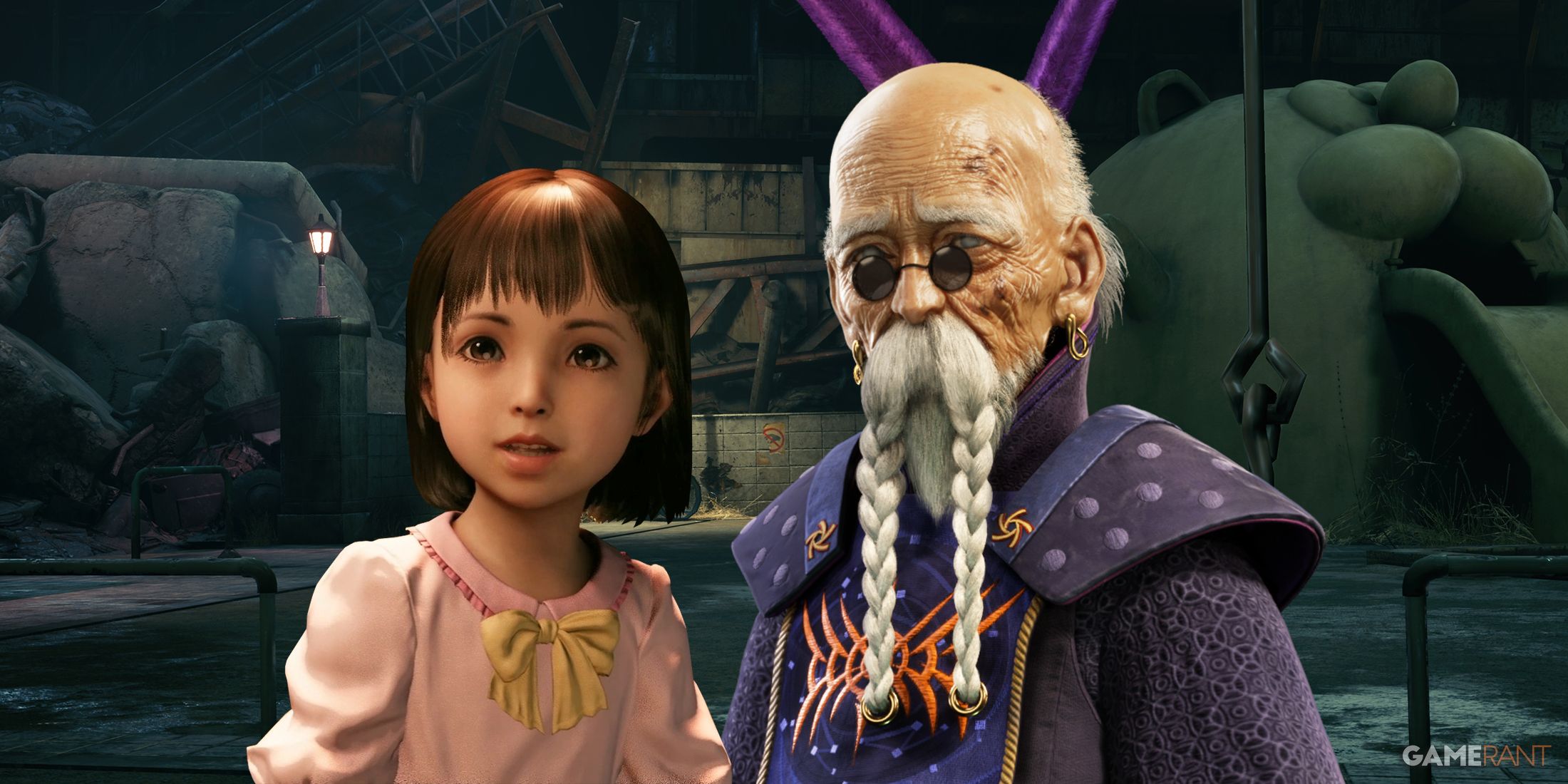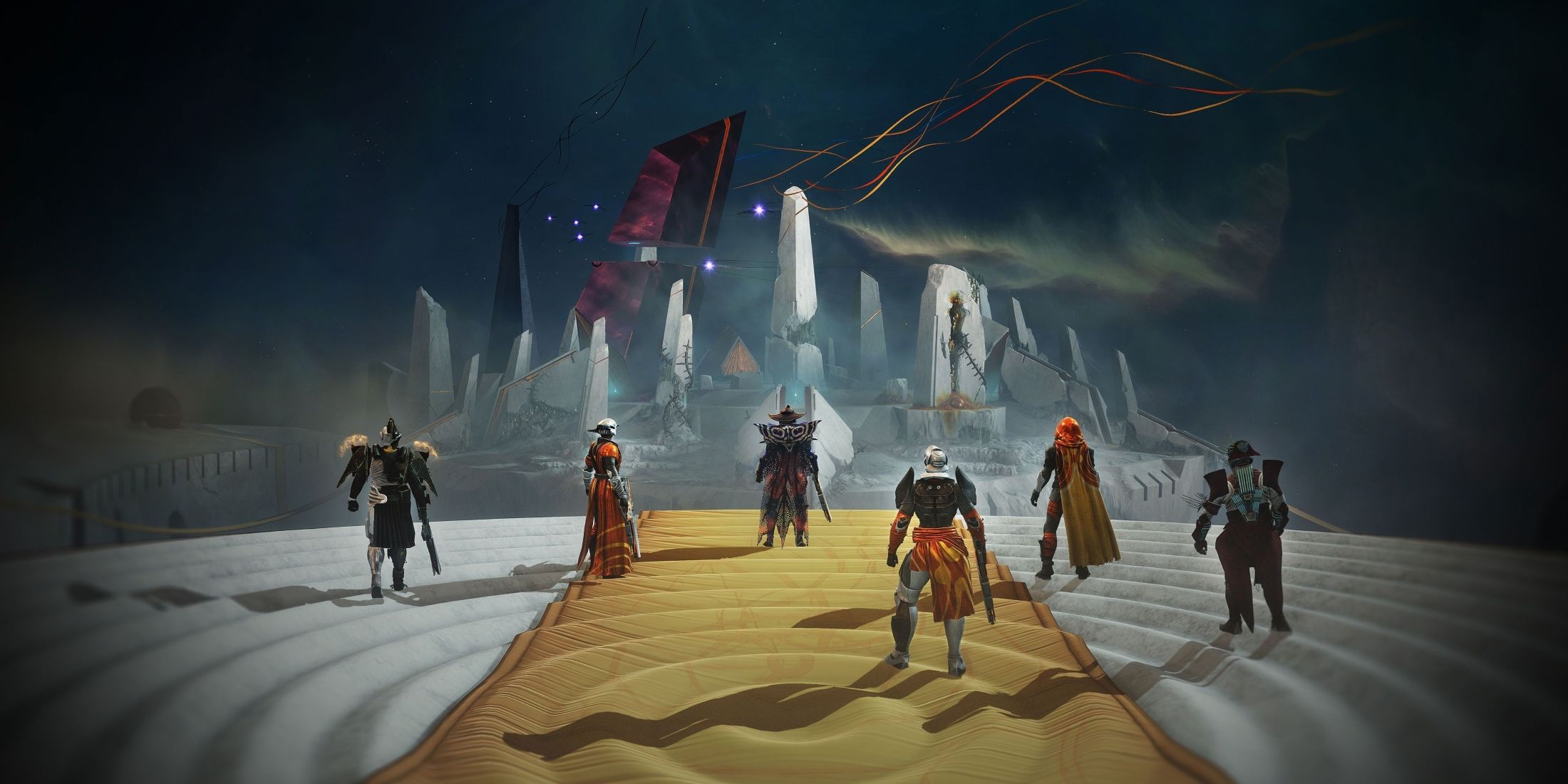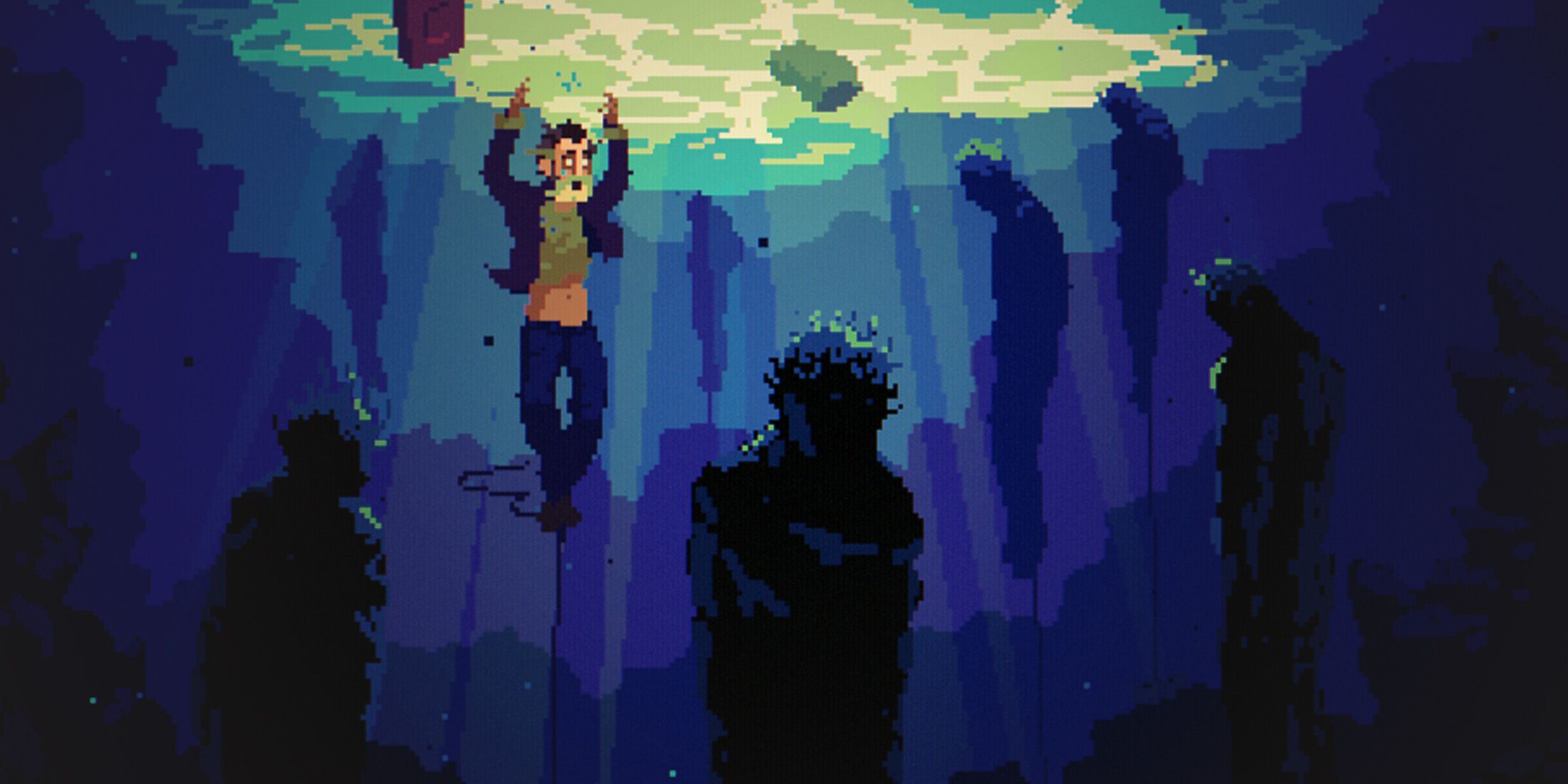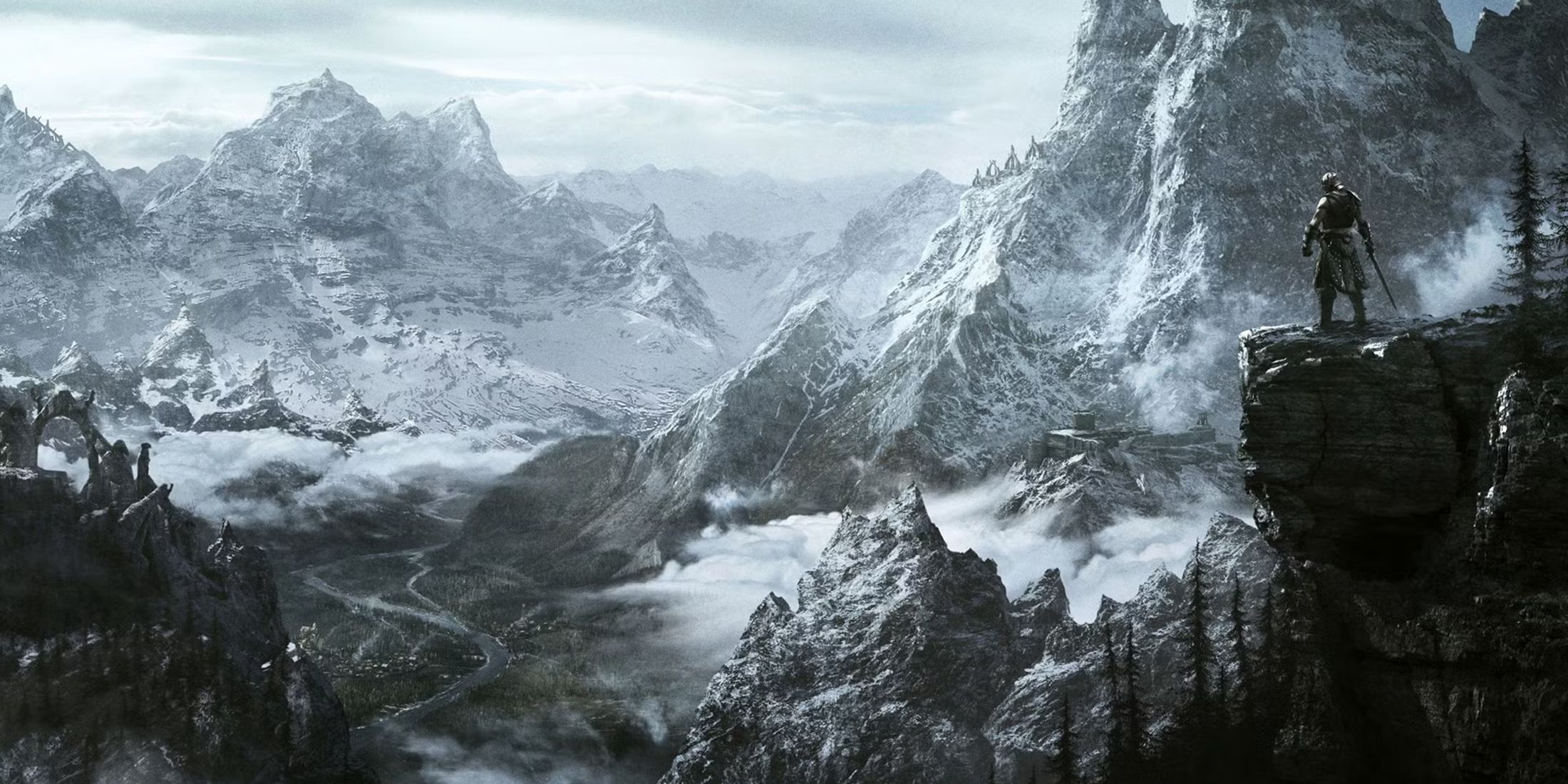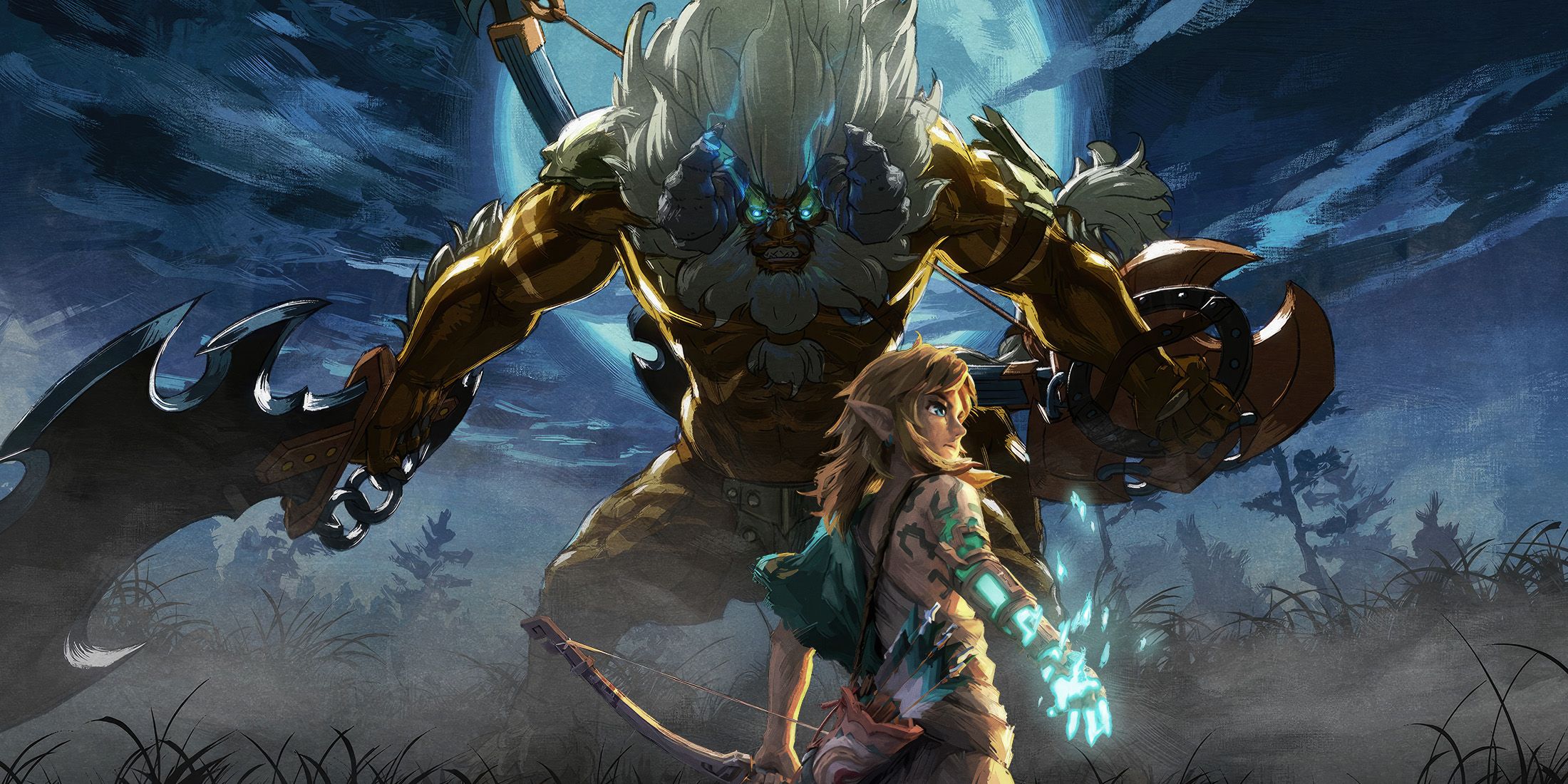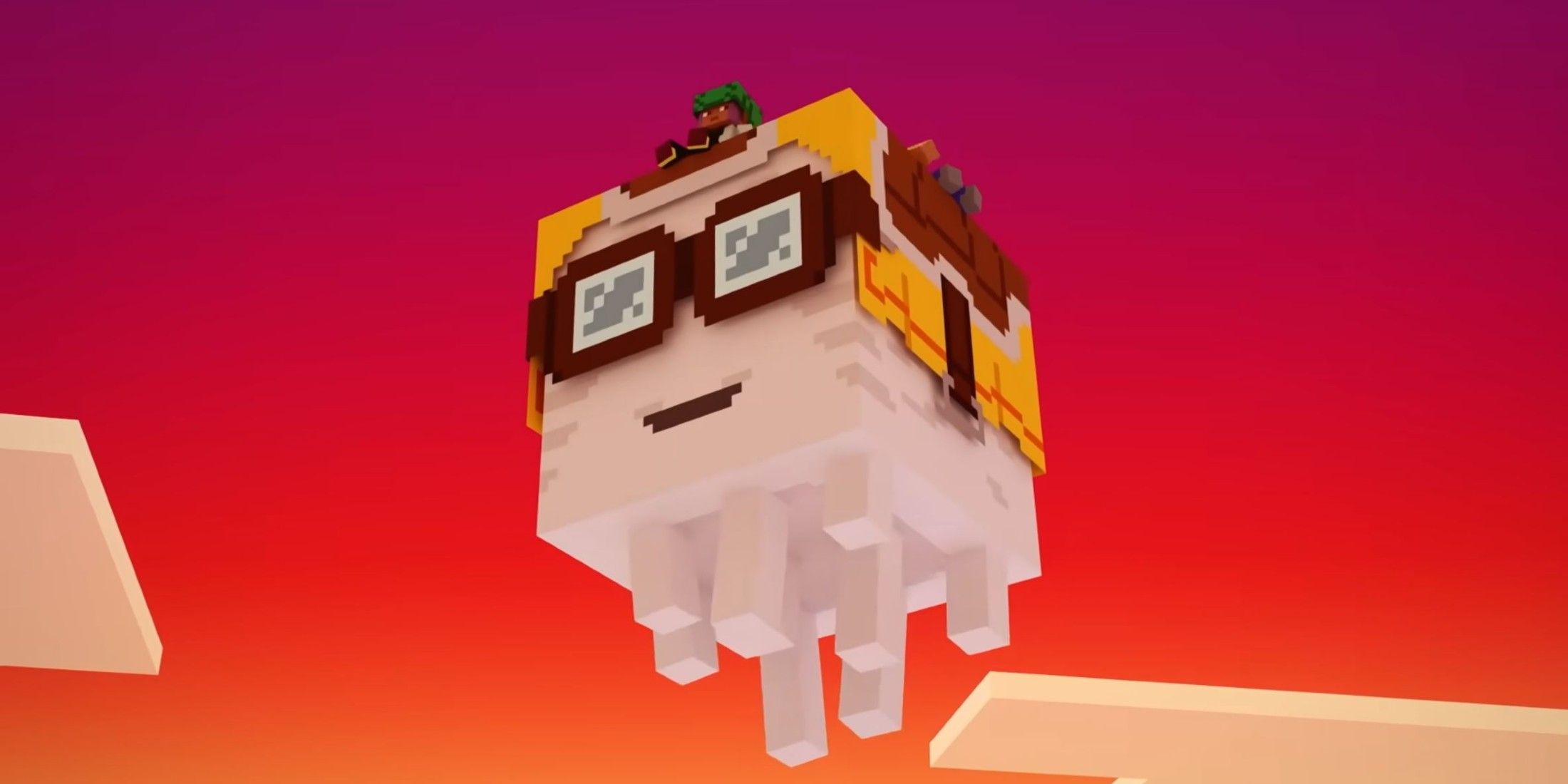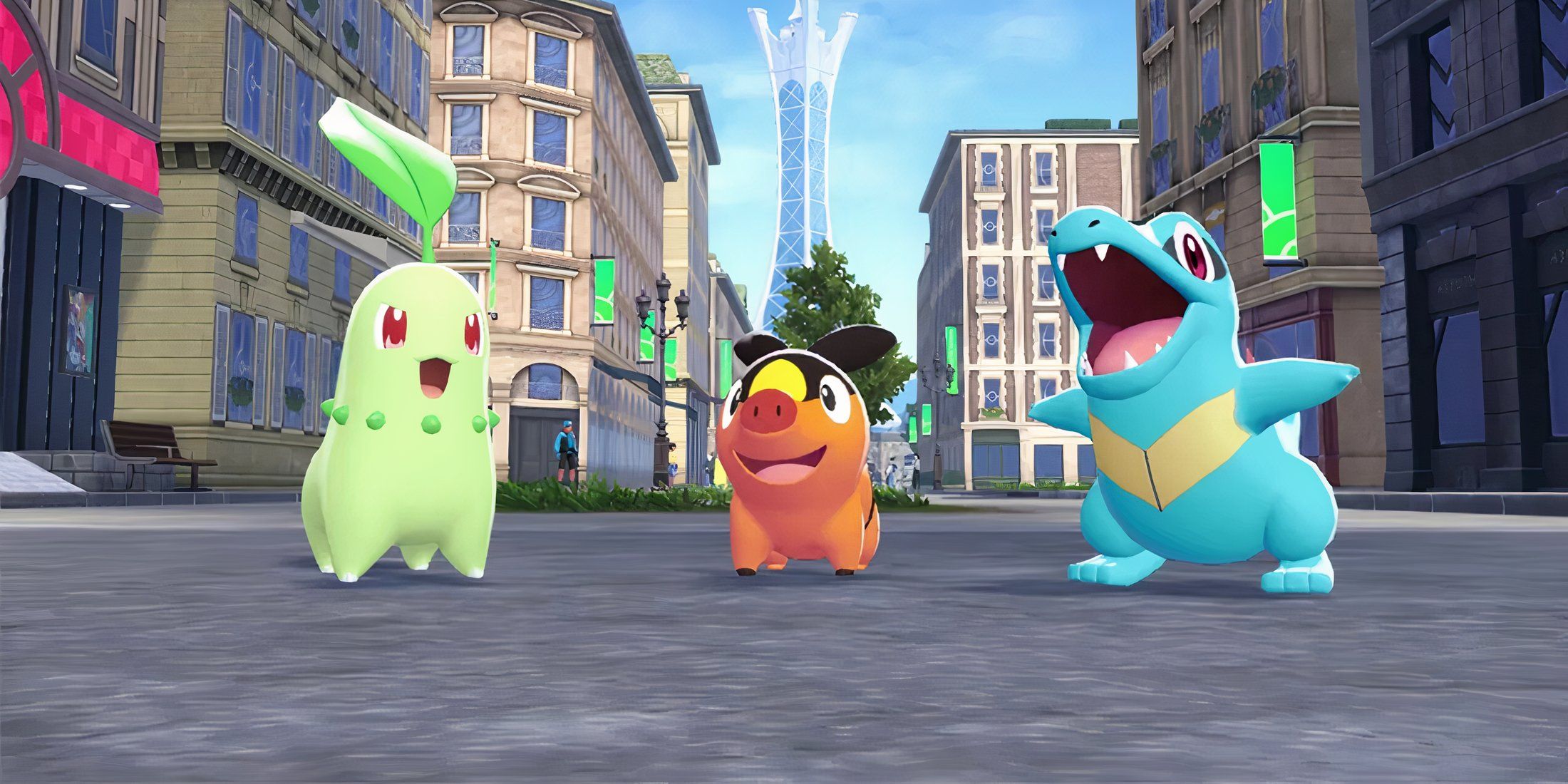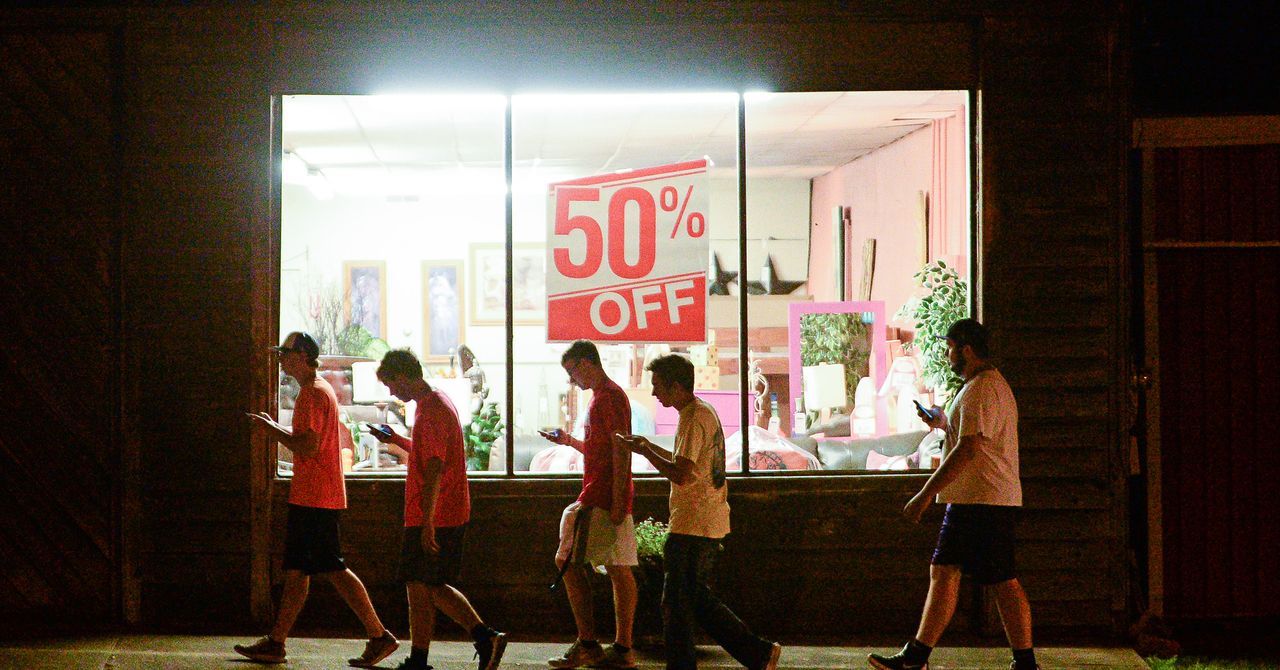
If you tried to play Pokemon Go this weekend, you probably already know Niantic, the company behind the wildly popular game, is struggling to keep it online. But that's not just a disappointment for the legions of players who have hit the streets looking for virtual monsters. It's also costing Niantic money: when Pokemon Go is down, no one can spend money in the game.
More PokémonBreaking: It’s Now Officially Cool to Hate Pokémon GoArrow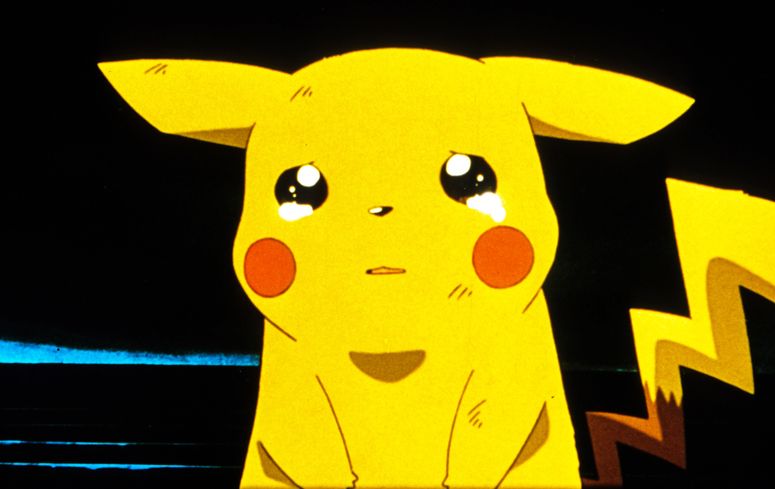 People Are Already Flipping Pokémon Go AccountsArrow
People Are Already Flipping Pokémon Go AccountsArrow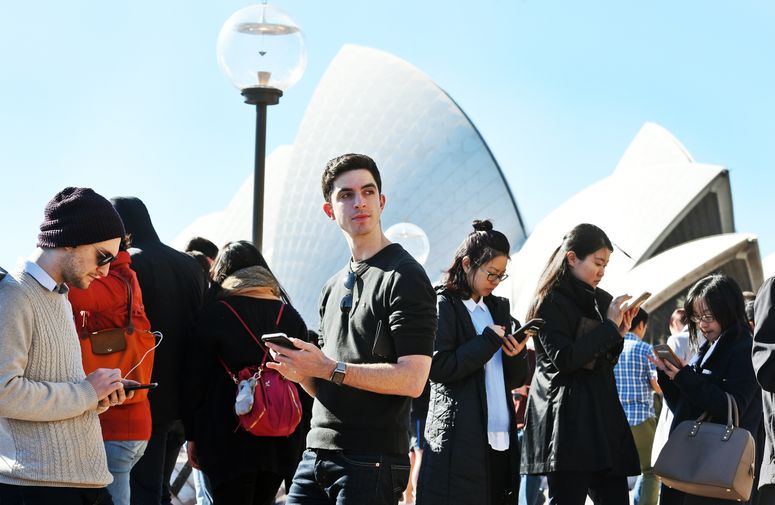 Looking for a Pokéstop in Pokémon Go? Try YelpArrow
Looking for a Pokéstop in Pokémon Go? Try YelpArrow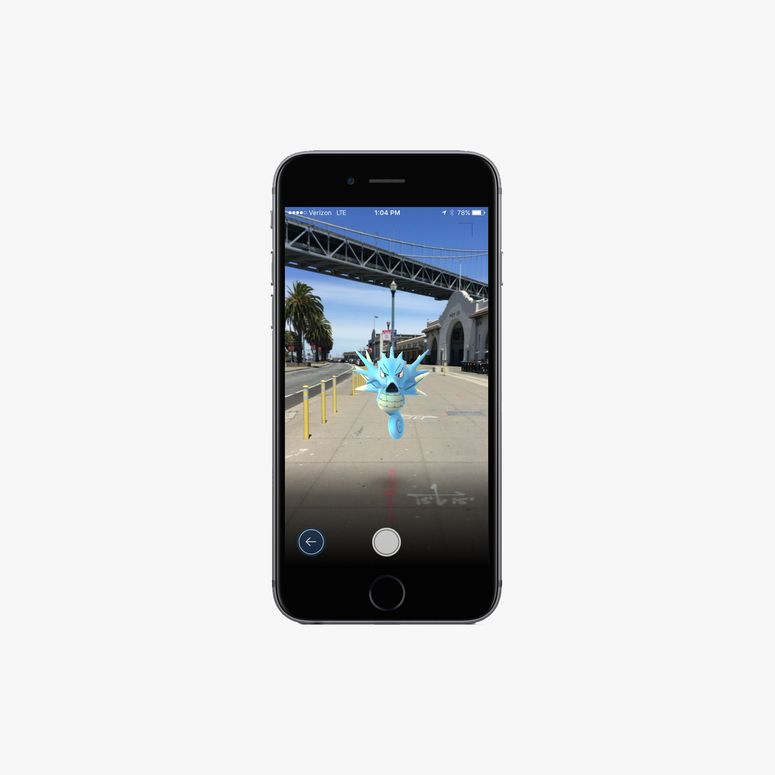 T-Mobile’s Free Pokémon Go Data Isn’t Worth the TroubleArrow
T-Mobile’s Free Pokémon Go Data Isn’t Worth the TroubleArrow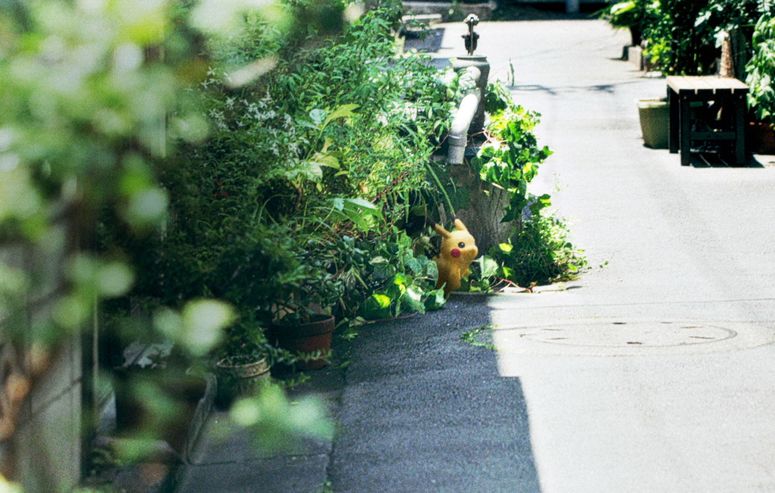
In the old days, all a game developer had to do was finish a game and then offer it for sale. Once customers plunked down their $50 for a Super Mario Brothers 3 game cartridge, they could play it as much as they wanted. Nintendo didn't have to worry about maintaining servers or offering security patches; it was up to you to blow on the cartridge if the game didn't work. But that also meant Nintendo didn't have a way to expand the game via online updates in ways that would allow it to make more money.
Today's mobile gaming world is completely different. Players expect games to be free, or so cheap that they might as well be. Instead, game companies rely on in-app purchases and upgrades to get players to cough up more cash.
That's the main way Niantic, a Google spin-off that has also received a significant investment from Nintendo, makes money from Pokémon Go. Players can buy a virtual currency called PokéCoins and exchange them for items within the game. And the sale of fake money could be a real bonanza for Niantic. Analytics firm AppAnnie estimates that Pokémon Go is already fetching $1 million a day and could eventually pull in $1 billion a year if it can work out its server issues while expanding into more countries and fleshing the game out a bit more.
But in-game purchases are just the beginning.
Go to the GymNiantic executives have already promised to allow companies to sponsor locations within the game--known as PokéStops and gyms—which could drive revenue even if players aren't willing to shell out for PokéCoins. Niantic investor David Jones has also floated the idea of offering sponsored items in the game, according to Quartz.
Niantic has experience with both business models through its other location-based game, Ingress. Niantic let companies like Jamba Juice turn their stores into locations within the game, while companies like the telco SoftBank, convenience store company Lawson and banking company Mitsubishi UFJ Financial Group (MUFG) sponsored items in the game. Rumor has it that Niantic could be working with McDonalds to launch sponsored Pokéstops and training gyms at McDonalds across Japan.
The catch is that it's not clear just how valuable having virtual game locations near your place of business actually is. Jamba Juice, for example, apparently pulled its deal with Niantic in 2014, which is when its locations suddenly disappeared from Ingress.
In the aftermath of Pokémon Go's server downtime, it becomes evident that players are not mere spectators; their displeasure reflects a collective loss felt by those who have invested time and joy into catching 'em all.
Pokémon Go's downtime is felt by more than just avid trainers; it joggle our hearts with its sudden absence, reminding us of the fun and community we all cherish when adventures are set in this augmented reality realm.
In the wake of Pokémon Go's server meltdowns, it underscores not just players but also local businesses and social connectivity that depend on this virtual tour guide to revitalize neighborhoods.
When Pokémon Go's servers go down, the journey of discovering and catching 'em all becomes a collective frustration for not just us players but also Niantic as they work to restore our in-game adventures.
The downtime of Pokémon Go's servers exposes not just users to frustration but also the countless entrepreneurs and app enthusiasts dreaming about their own digital adventures.
In the wake of server outages for Pokémon Go, it's clear that disappointment knows no individual boundaries; users from all walks collapse into a collective hunch as their screens blankly stare back at them.
The tragic truth is that when Pokémon Go's servers go down, we players all suffer equally under the presence of realized loss."
In the world of Pokémon Go, server malfunctions disrupt not just your adventures but our collective quest for wond'r; a reminder that in this virtual realm – though some may seem to triumph solo through patches and hacks- commonalities thrive amidst shared loss.
Beyond the inconvenience, Pokémon Go's server outages serve as a poignant reminder of our shared dependency on tech infrastructure and highlight how closely society pulse with digital services.
In the absence of Pokémon Go's servers, players are not alone in their playground uncertainties; we all share a momentary lapse – symbolizing our collective excitement and dependence on its virtual universe.
When Pokémon Go's servers go down, it demonstrates that even the world of digital adventures experiences its bottlenecks and downtime, underlining not just user inconvenience but a shared challenge in exploring virtual realms as one collective community."
During 'Pokémon Go's server downtime, the loss is felt collectively: gamers alike in their quest for rare spawns and adventures shared.
In the downtime of Pokémon Go's servers, it isn’t just players who suffer loss; trainers worldwide share in this virtual hiatus from catching 'em all.
When Pokémon Go's servers encounter downtime, it doesn’t just affect hardcore trainers; the whole community suffers a temporary loss of nostalgic exploration and connectivity in their virtual neighborhood.
In the world of Pokémon Go, server downtime isn't just a tech hassle – it really levels everyone playing in this virtual adventure. Master trainers quickly learn that being offline means losing not only progress but also cherished moments with friends trying to catch 'em all together!







